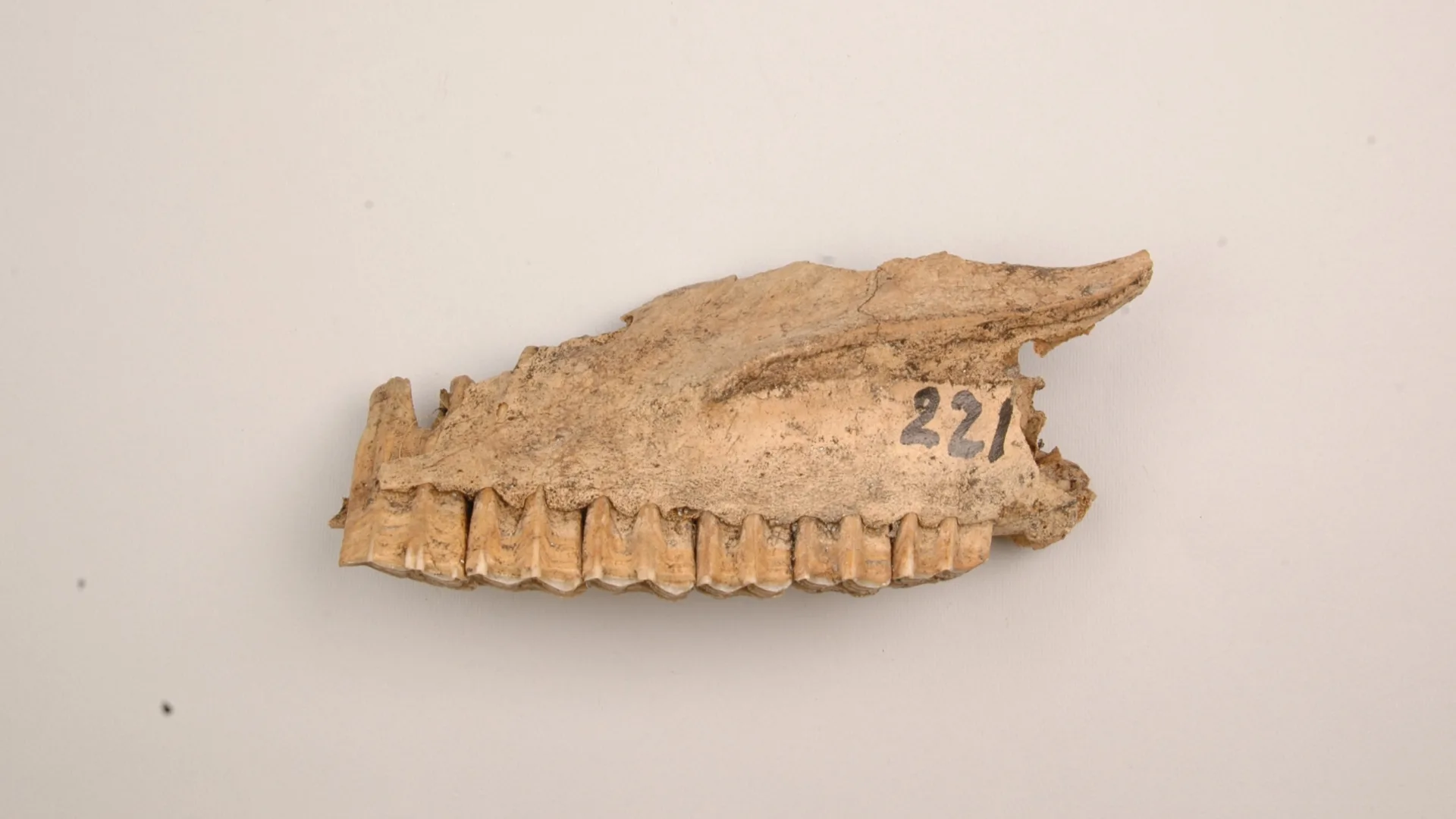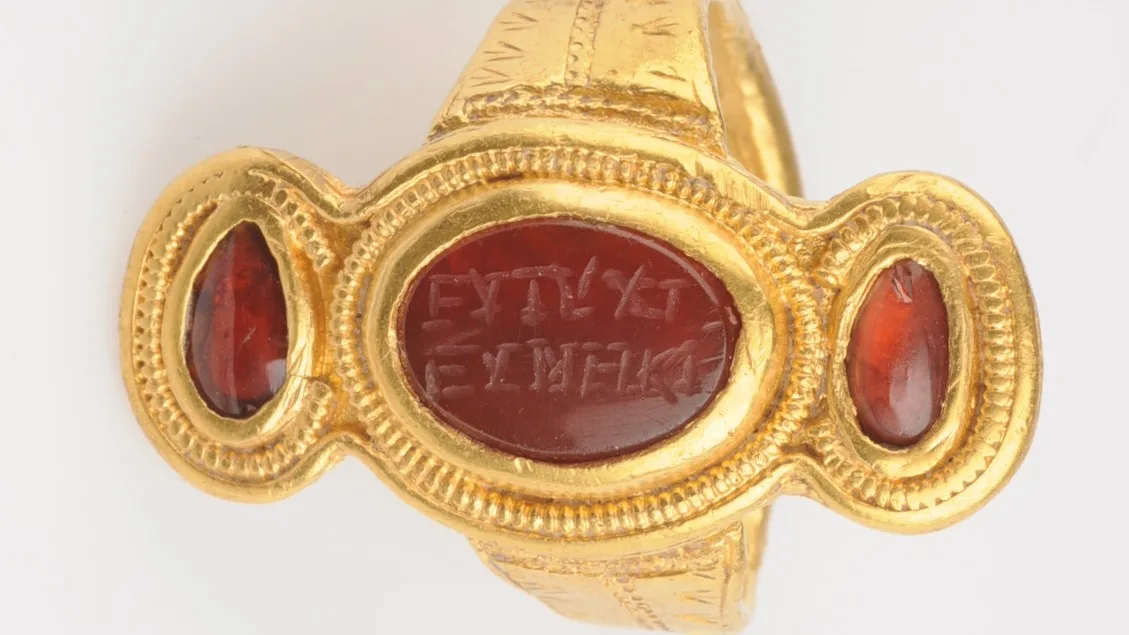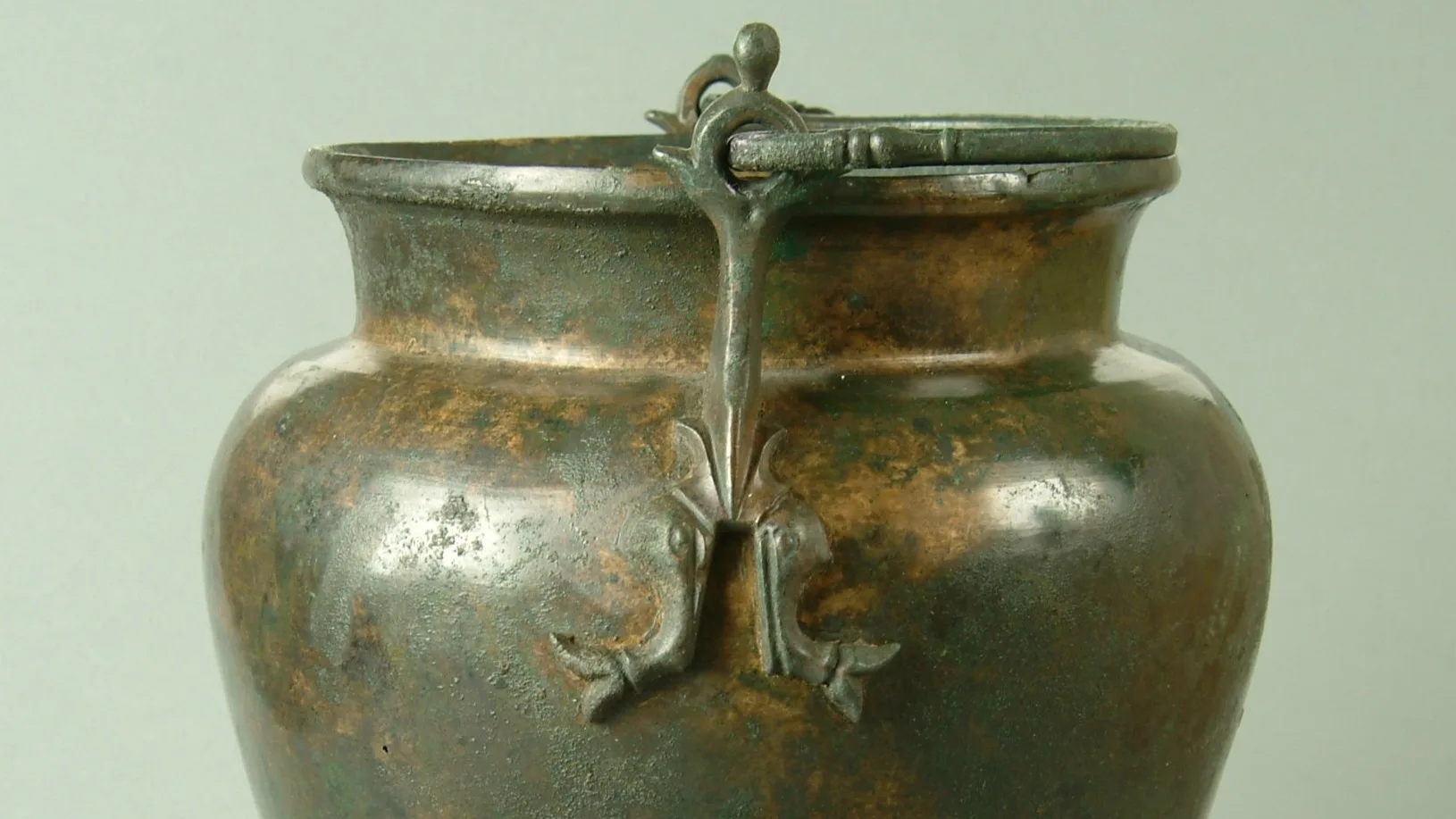The Viking aristocracy
Iron Age
500 BC – AD 1100
Viking Age
AD 800 – AD 1100
Middle Ages
AD 1050 – AD 1520

The estates of the upper classes, with their great houses, were set on heights visible far and wide across Scandinavia’s farming landscapes. In recent years, a number of such aristocratic sites have been excavated archaeologically. Remains of estates from the Late Iron Age have been found in almost every major agricultural district of Scandinavia.
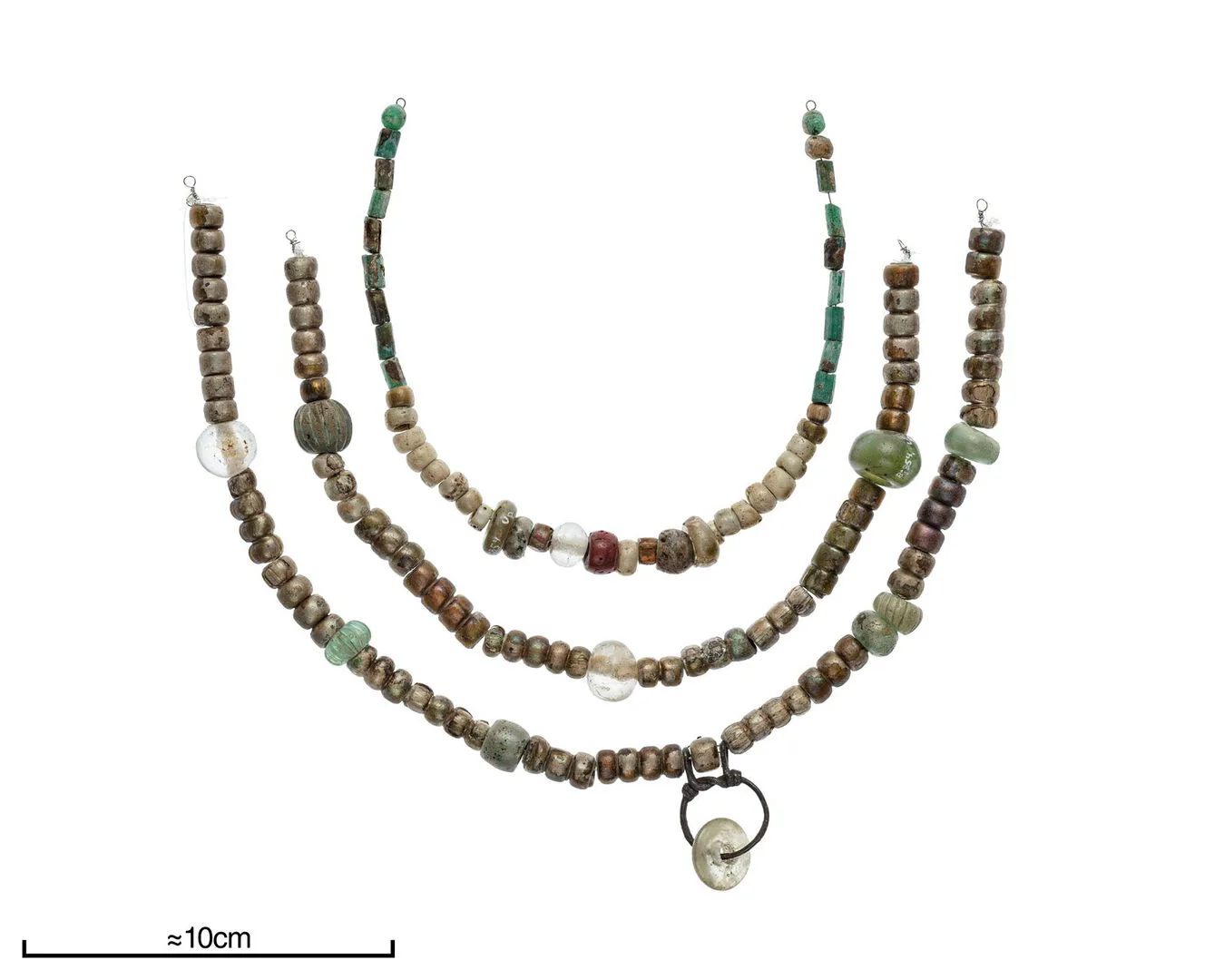
Necklace
Necklace with around 80 beads from grave Bj 854, Birka.
At the centre of each estate stood a great feasting hall. These halls were as large as modern barns, though built far more finely. The largest discovered measured over eighty metres in length and more than eight metres in width. In the hall, feasts and religious ceremonies were held, and at its centre stood the high-seat.
The lord of the estate received guests and envoys seated in the high-seat, much like on a throne. Around the hall were other buildings: dwellings, stables, workshops, and quarters for the lord’s personal bodyguard.
Viking Age rulers
Power in the Viking Age was power over people. There were no written laws or regulations. Authority had to be seen and felt. The aristocrat’s splendid attire and the estate’s mighty hall were essential. Political power was small in scale.

Brooches
Brooches of enamel with gilded frame, possibly of Frankish origin. Found in grave Bj 854, Birka.
Even kings and queens could rule only over limited farming districts the size of, for example, Öland, Närke or Västmanland. All power over wider regions was more or less dependent on individuals and temporary in nature. When a ruler died, the realm fell apart.
To rule over other districts, one had to struggle for power with the local aristocratic families there. This was also true in eastern Scandinavia during the Middle Ages, when various royal lineages, above all in Östergötland and Västergötland, fought each other for dominance over what is now central Sweden.
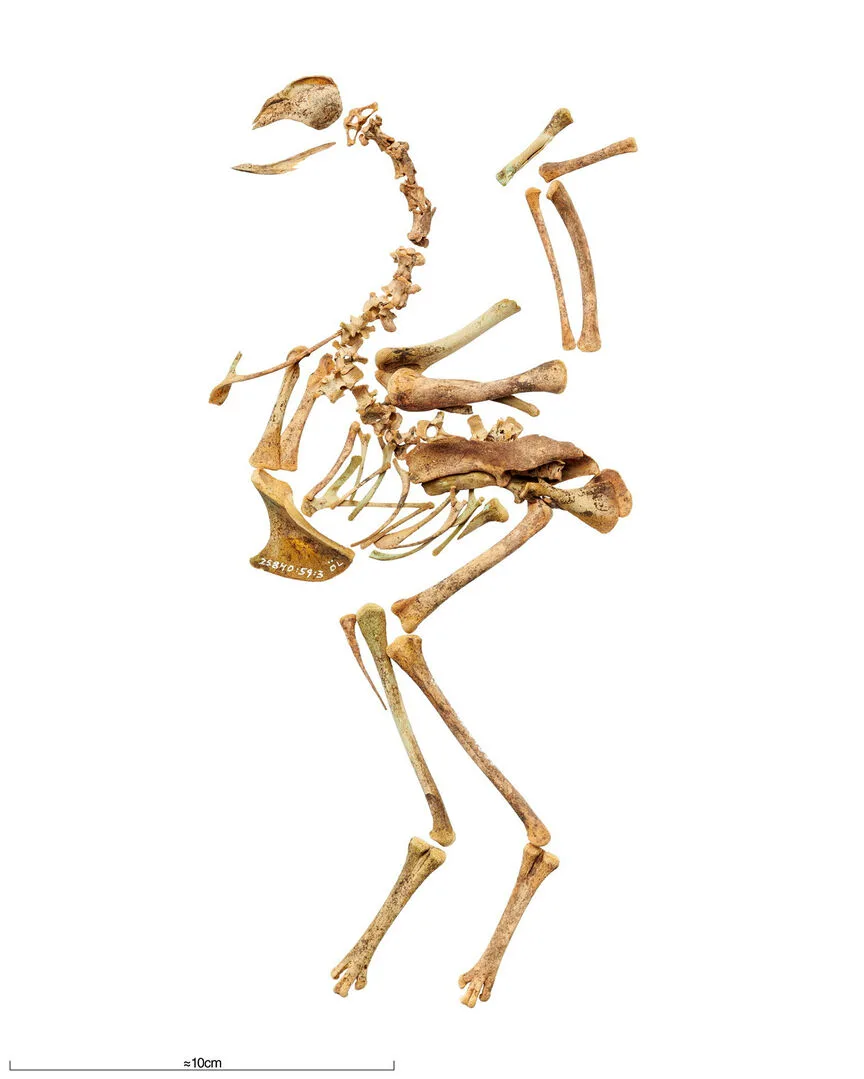
Chicken bones
Found in grave at Klinta, Öland.
On view at Historiska museet in the exhibition Vikingarnas världFind this object in display 68, Vikingarnas värld Monter 68
Luxury in life and death
During the Viking Age, the upper classes could afford to commission costly objects from exclusive woodworkers and smiths. These craftsmen travelled between estates creating their masterpieces.
The woodworkers made luxury ships, wagons and sledges adorned with carved ornamentation. The smiths crafted weapons, jewellery and horse gear. Such costly objects adorned the wealthy and were also exchanged as gifts between aristocratic families.
Overwhelming funeral ceremonies were an important part of the aristocratic lifestyle. Luxury was displayed as proof of wealth and social standing. Graves contained personal possessions, but also gaming pieces, drinking vessels, exotic imported goods and other valuables once used at the estates.
